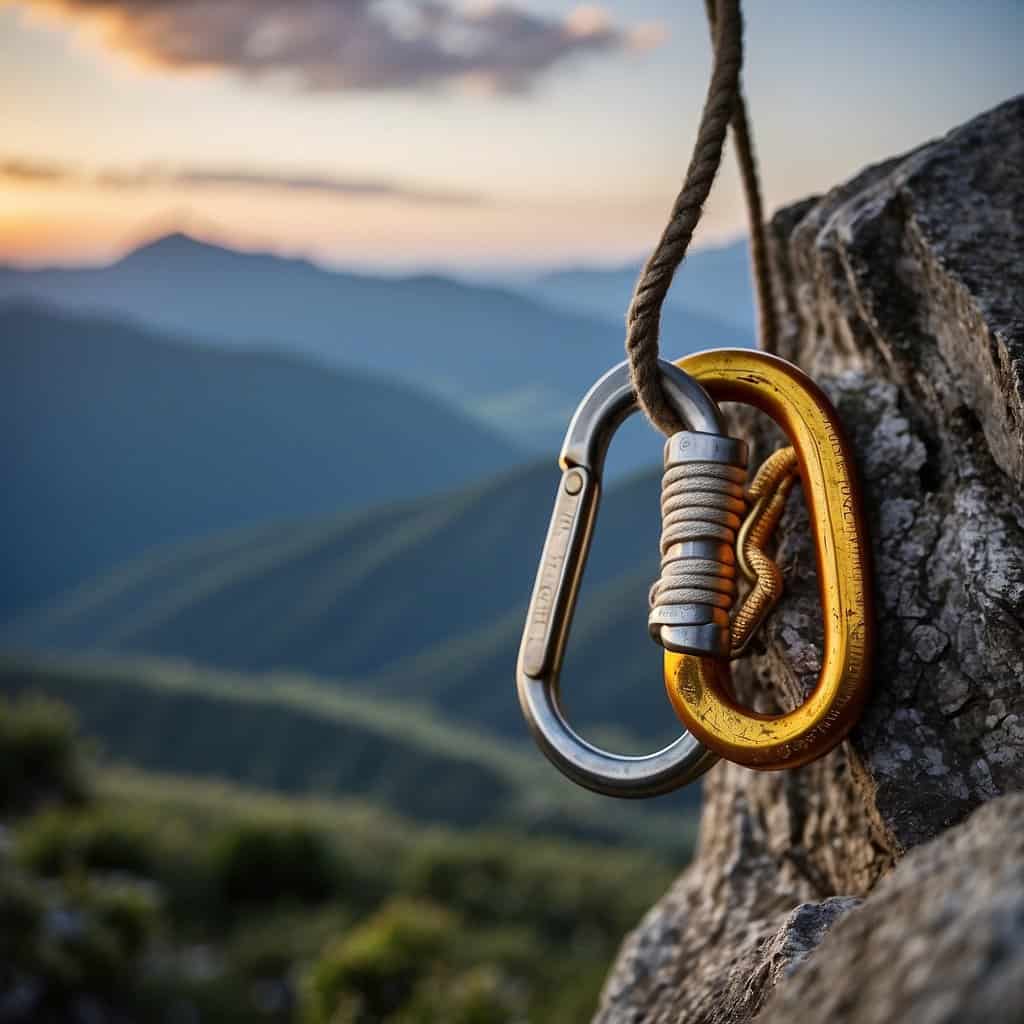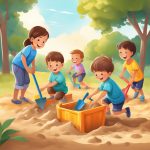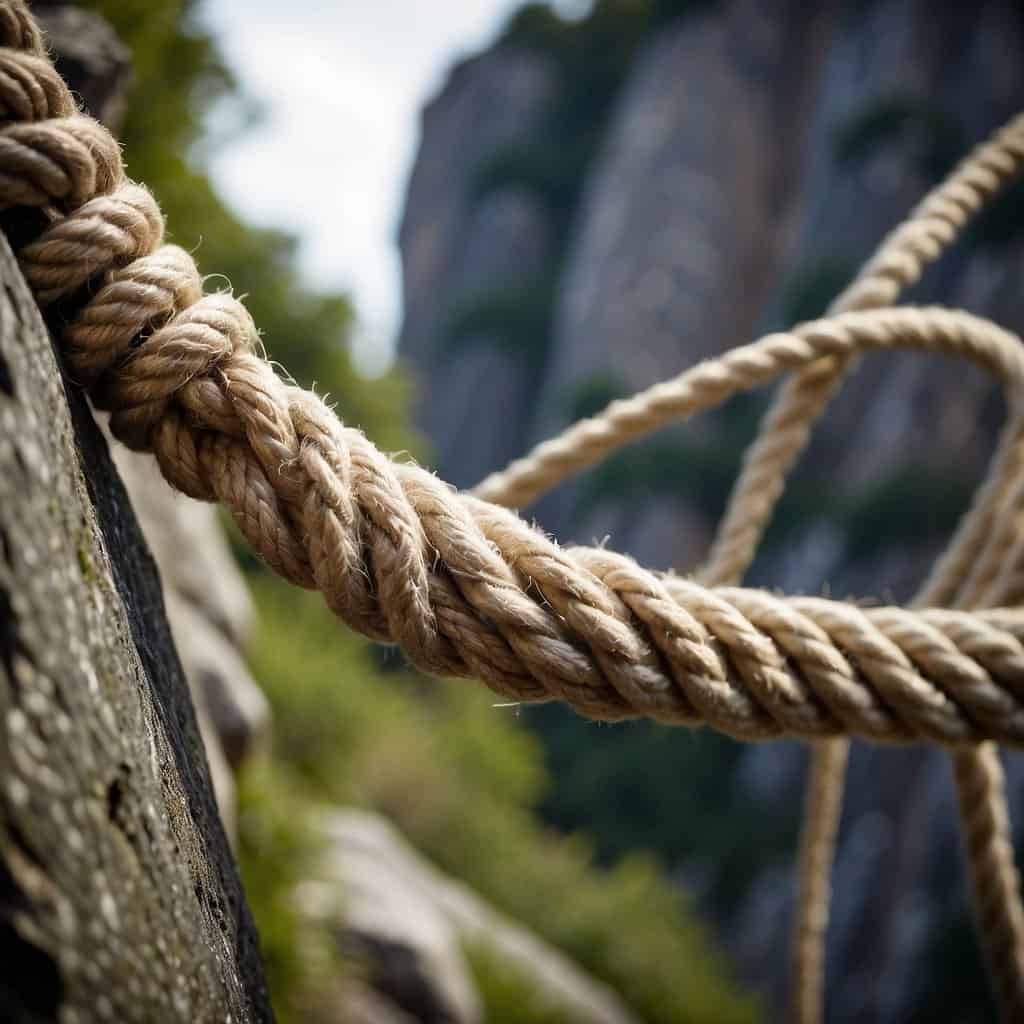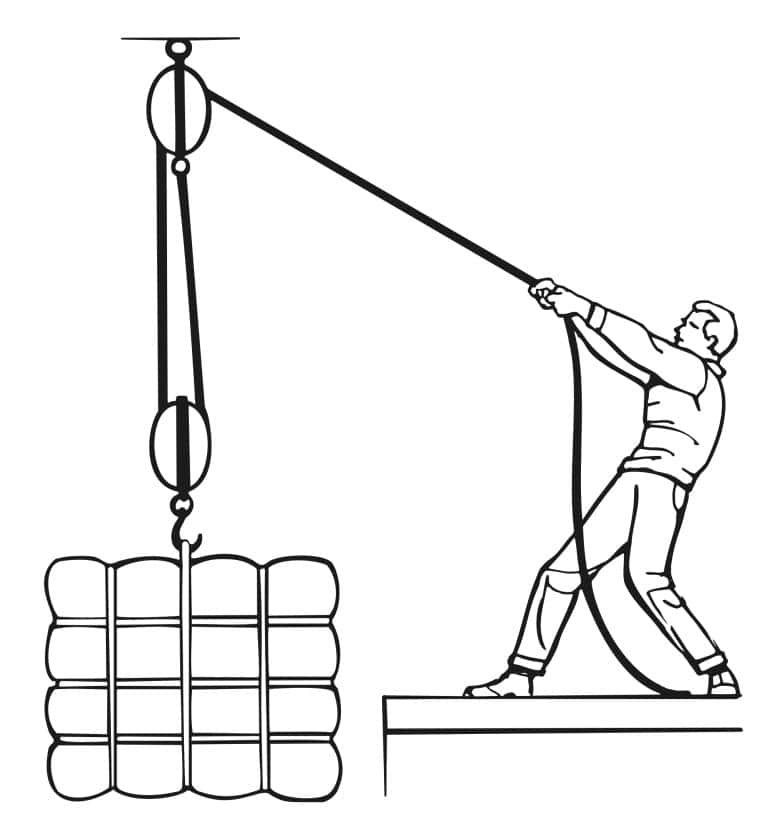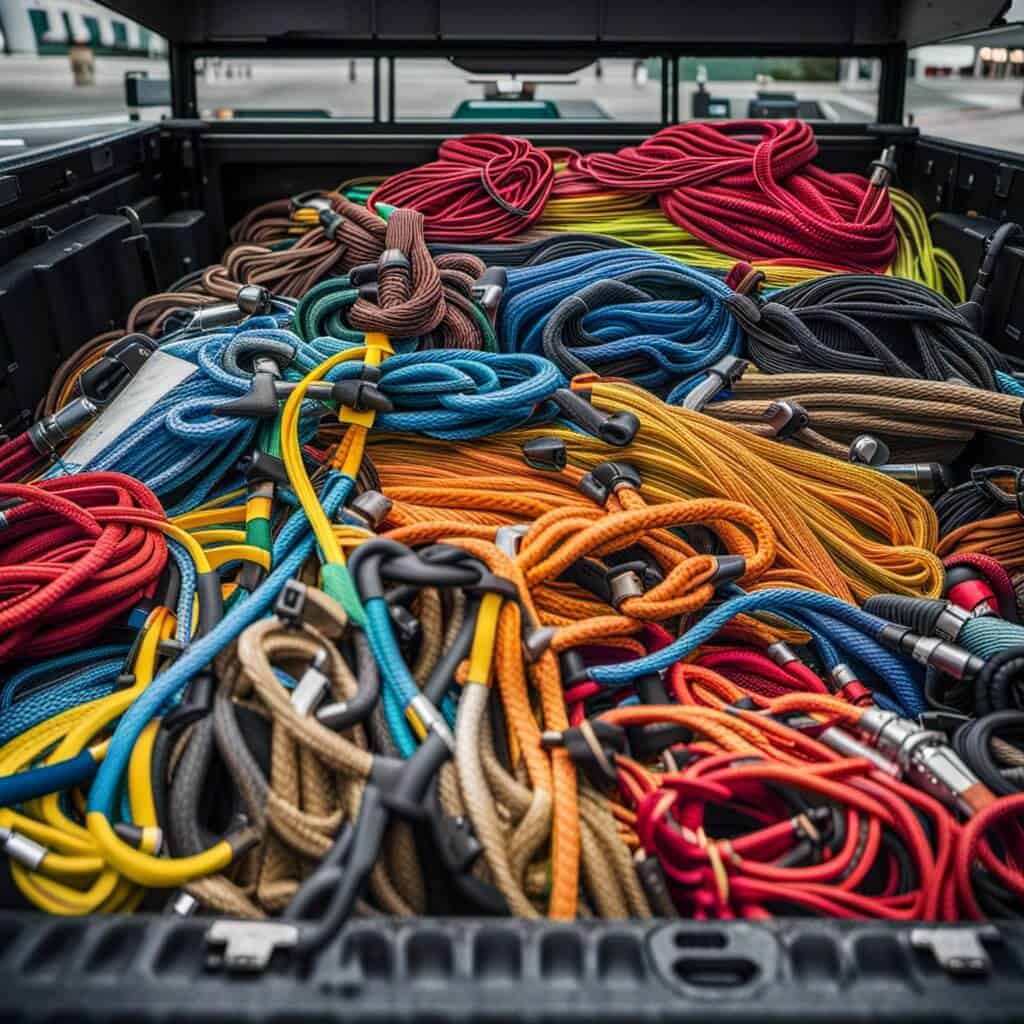Ropes and carabiners are two of the most essential gear for rock climbing. Ropes are the lifeline that connects you to the rock face, while carabiners are the connectors that keep you safe. Choosing the proper ropes and carabiners is essential for a secure and successful climb.
Table of Contents
Understanding Ropes And Carabiners
Whether navigating a steep rock face or a challenging indoor wall, understanding and mastering ropes and carabiners is a fundamental skill for any climber. Ropes, when properly selected and maintained, ensure that climbers can ascend and descend with confidence, while carabiners, with their various locking mechanisms, secure the climber to the rope and other climbing gear.
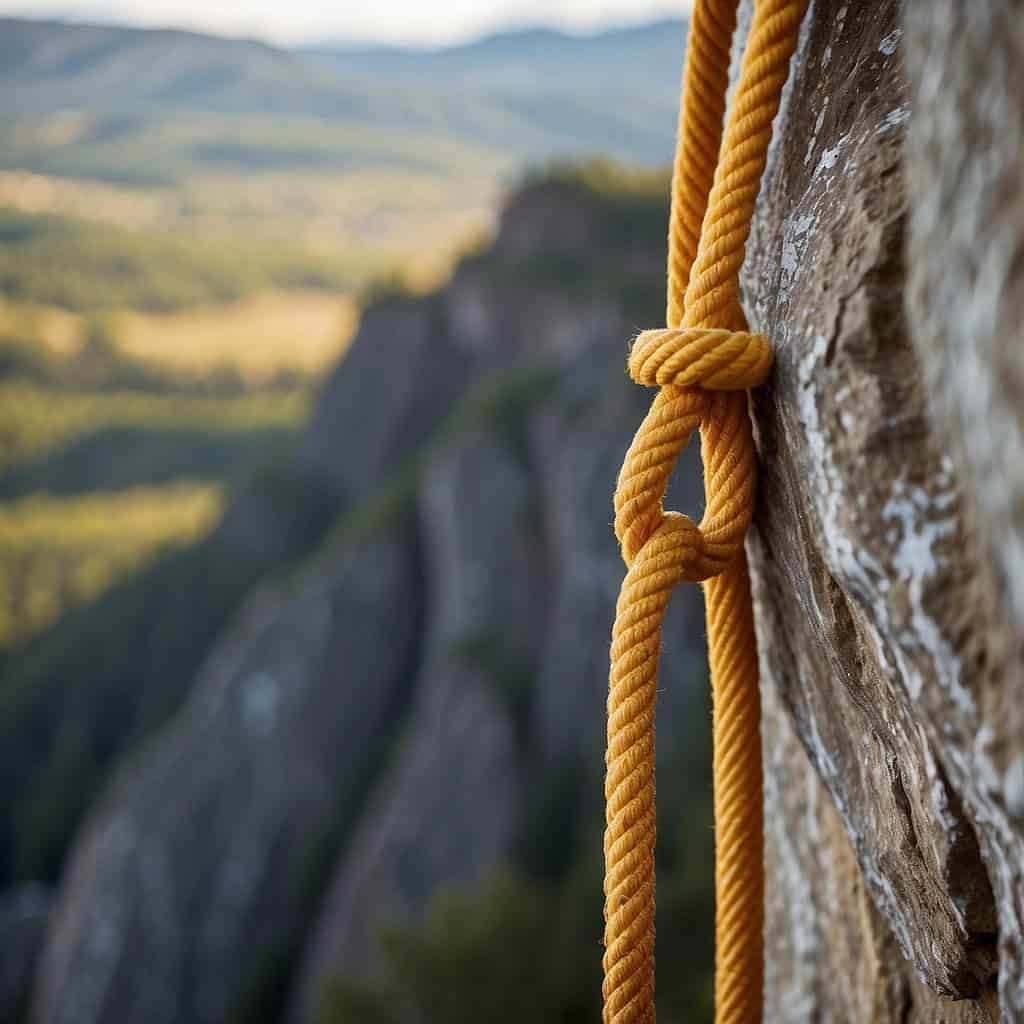
Ropes
Climbing ropes come in different types: dynamic, modern, single, half, twin, and static. Dynamic ropes are the most commonly used as they stretch under load to absorb the impact of a fall. Nylon fibres are the most common material in climbing ropes, typically constructed with an outer sheath (or mantle) and an inner core (or kern).
Modern ropes are similar to dynamic ropes but are made with more durable materials. Single ropes are designed to be used independently and are great for sport climbing. Half and twin ropes are intended for pair use, providing extra safety if one rope fails. A two-rope system is often used in multi-pitch climbing and mountaineering, whereas static ropes are designed not to stretch and are used for rappelling and ascending.
The length of a rope is an important consideration. Ropes are available in various lengths, usually ranging from 30 meters to 80 meters. Selecting the right rope size depends on the type of climb and route you’ll be tackling, so carefully considering the specific demands of the climbing activity when choosing a rope is needed. A longer rope may be more convenient for certain types of climbing but can also increase rope drag. A thicker rope may be more heavy-duty but more challenging to handle.
Quality control is also essential when selecting a rope. Look for ropes that meet UIAA or other industry standards, and consider using an app like Outside+ to help you keep track of your gear and ensure that your ropes are in good condition.
Finally, consider the munter hitch, which is a method of belaying using a carabiner and a rope. This technique can be helpful in certain situations, so look for ropes compatible with this method.
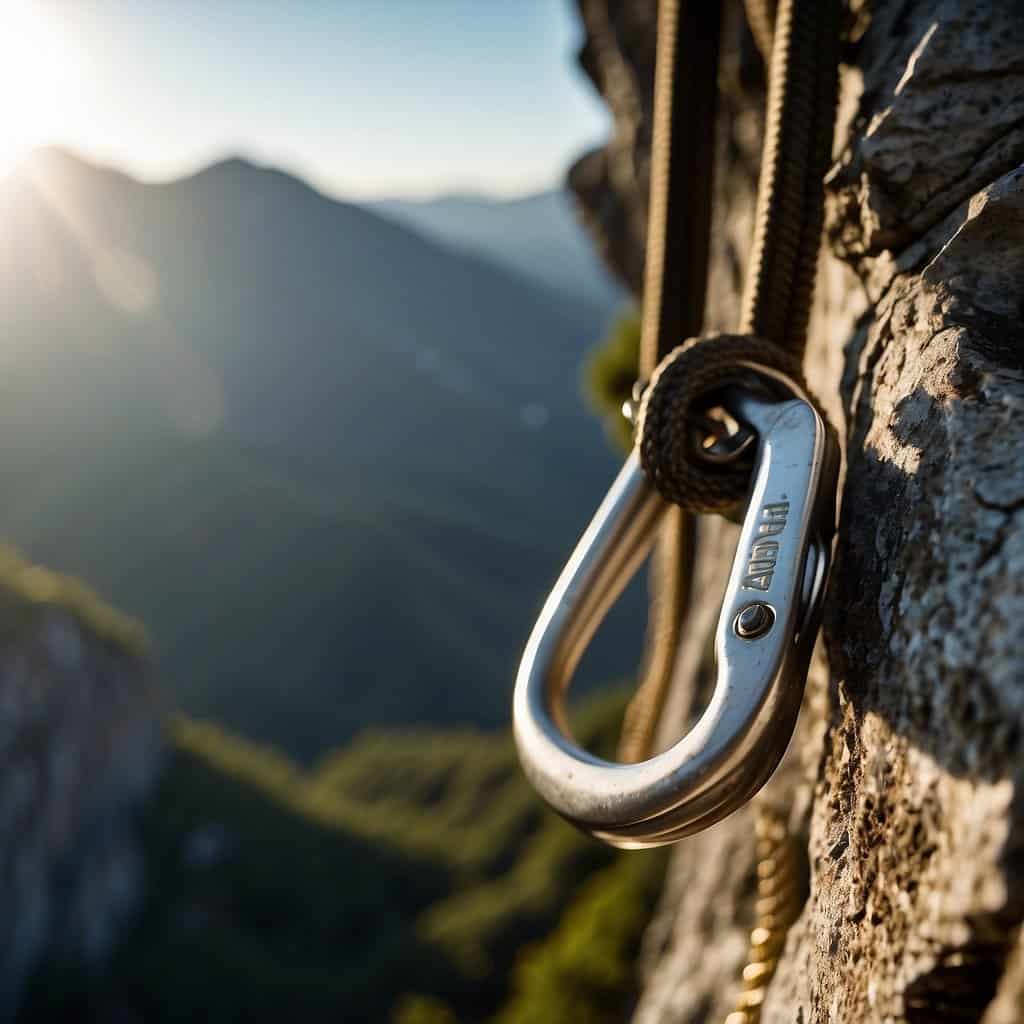
Carabiners
Carabiners are used to connect ropes to anchors and to connect different pieces of climbing gear. Choosing the suitable carabiner can make a big difference in your climbing experience, as it affects everything from the ease of clipping to the overall weight of your gear.
Carabiners come in two types: locking and non-locking. Locking carabiners do what they say they lock to prevent accidental opening and are commonly used for belaying and rappelling. Meanwhile, non-locking carabiners are used to clip gear to the rope and for quickdraws. A quickdraw is a piece of climbing equipment climbers use to allow the climbing rope to run freely through bolt anchors or other traditional gear.
Carabiners also come in various shapes, sizes, and styles, including D-shaped, pear-shaped, and oval-shaped. D-shaped carabiners are the most common and great for clipping rope gear. Pear-shaped carabiners are great for belaying and rappelling. In contrast, oval-shaped carabiners are versatile and can be used in various situations, making you feel adaptable and resourceful in climbing.
When choosing a carabiner, consider the gate opening and locking mechanism. Non-locking carabiners are quick and easy to use, but locking carabiners provide extra security. The HMS carabiners have a large gate opening and are ideal for belaying, while Wiregate carabiners are lightweight and easy to clip. Research the different types of climbing to see what equipment is recommended, as some climbs require different equipment. For example, sports climbing typically requires quickdraws with solid gate carabiners, while traditional climbing may require more specialized equipment.
Pay attention to the gate open clearance of the carabiner you choose, which is the distance between the gate and the nose of the carabiner when it is open. This can affect how easy it is to clip and unclip the carabiner and how it performs under load. Look for carabiners with a high gate open clearance for ease of use. Pear-shaped carabiners have the largest gate opening and are ideal for connecting large devices such as ropes.
Finally, consider the carabiner’s strength ratings. Major axis strength is the force the carabiner can withstand when loaded along its most robust axis. In contrast, minor axis strength is the force it can withstand when loaded perpendicular to its most robust axis. Understanding these ratings and their implications will make you feel knowledgeable and prepared, minimizing the risk of failure during your climbs.
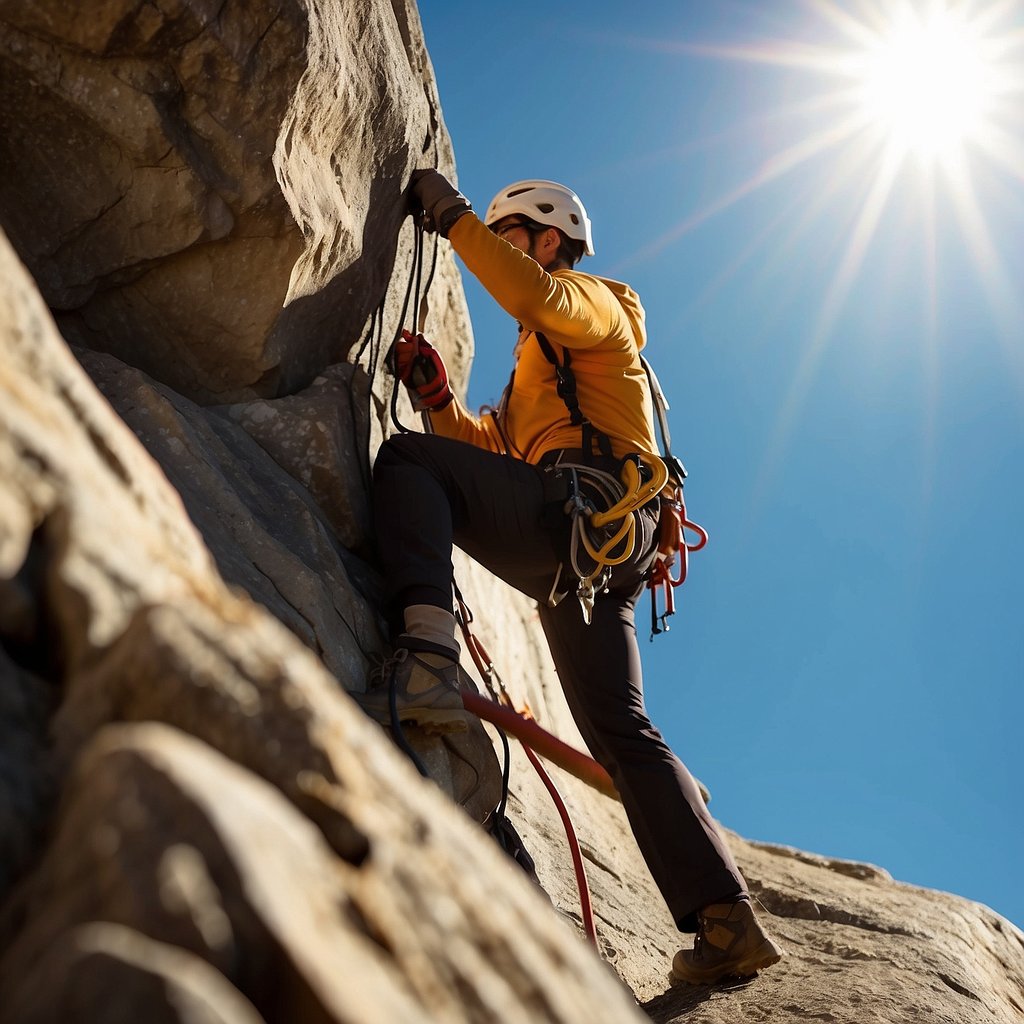
Brands And Certifications Of Ropes And Carabiners
When it comes to ropes and carabiners, choosing products from reputable brands that prioritize safety and quality is essential. Some of the top brands in the industry include Black Diamond, known for its innovative gear designs; Petzl, a leader in climbing and work-at-height equipment; Wild Country, renowned for its high-quality climbing gear; Edelrid, a pioneer in sustainable climbing equipment; Trango, known for its durable and reliable gear; and DMM, a brand trusted for its high-performance climbing equipment.
In addition to choosing a trusted brand, look for certifications. The UIAA (International Climbing and Mountaineering Federation) offers safety label certifications for climbing equipment, including ropes and carabiners. Look for products the UIAA certifies to ensure they meet the highest safety standards.
Another vital certification to look for is CE certification. This certification indicates that the product meets the safety standards set by the European Union. Many reputable brands, including Black Diamond, Petzl, and DMM, have CE-certified products.

Other Considerations
Whether rock climbing, big wall climbing, trad climbing, or aid climbing, having the right gear is essential to success and safety. So, beyond the ropes and carabiners, consider the quality of your harness and sling as well.
The harness keeps you attached to your ropes and carabiners, so it needs to be strong, comfortable and well-fitted. Look for harnesses made from high-quality materials and make sure they are adjustable to fit your body correctly. The sling is the webbing we use to connect our carabiners to our harnesses and ropes. Look for solid slings that can withstand the wear and tear of climbing.
Final Thoughts
Take time and effort in selecting the proper ropes, carabiners, and other essential gear, as they can significantly enhance your climbing safety and performance. By prioritizing quality and understanding the specific requirements of your climbing activities, such as the climbing you will be doing, the terrain you will be tackling, and the conditions you will be facing, you can make informed decisions and enjoy a secure and successful climb every time.

